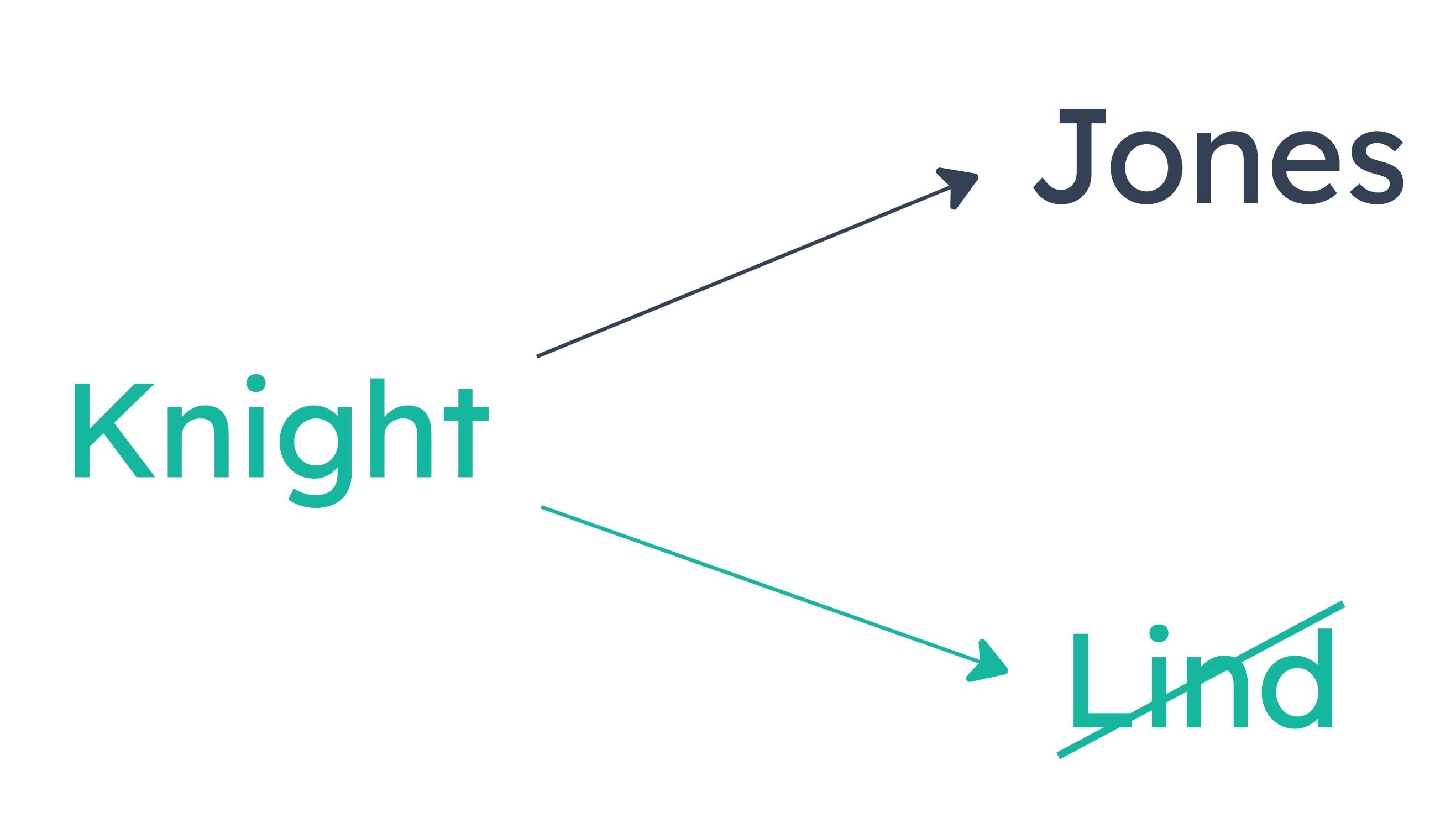
There can be a maximum of two authors in the textbook.
A
If the textbook contains an essay by Lind, then it will not contain an essay by Knight.

B
The textbook will contain an essay by only one of Lind, Knight, and Jones.
C
The textbook will not contain an essay by Knight.
D
If the textbook contains an essay by Lind, then it will also contain an essay by Jones.
E
The textbook will contain an essay by Lind.
A
The waste should never have been stored in its current location.
B
The waste should be placed in the most secure location that can ever be found.
C
Moving the waste to the proposed site would reduce the threat posed by the waste.
D
Whenever waste must be moved, one should limit the amount of time allotted to locating alternative waste storage sites.
E
Any site to which the waste could be moved will be safer than its present site.
A
Recent cutbacks in government spending have forced public libraries to purchase fewer popular contemporary novels.
B
Due to the installation of sophisticated new antitheft equipment, the recent increase in shoplifting that has hit most retail businesses has left bookstores largely unaffected.
C
Over the past few years many bookstores have capitalized on the lucrative coffee industry by installing coffee bars.
D
Bookstore owners reported a general shift away from the sale of inexpensive paperback novels and toward the sale of lucrative hardback books.
E
Citing a lack of free time, many survey respondents indicated that they had canceled magazine subscriptions in favor of purchasing individual issues at bookstores when time permits.
The question stem reads: The reasoning in which of the following is most similar to that in the naturalist's argument? This is a Parallel question.
The naturalist begins by claiming that a species can survive the change in an environment as long as the change is not too rapid. The naturalist has provided a general rule saying that the change can be ok for a species, with the caveat that the change does not occur too rapidly. The naturalist concludes that the threats humans create to woodland species arise not from cutting down trees but from the rate at which we are cutting down trees. The naturalist has applied the universal rule about species to the specific example of woodland species. So the problem is not that change we are creating by cutting down trees, but the because we are causing the change too rapidly.
When evaluating an answer choice, we need a universal rule with a caveat. The correct AC will apply that universal rule to a specific example and say that the specific example is failing to satisfy the caveat.
Answer Choice (A) is incorrect. (A) does not provide a universal rule; it only gives a specific rule about fossil fuels. Additionally, (A) 's rule about fossil fuels lacks the caveat we are looking for.
Answer Choice (B) is incorrect. We can quickly eliminate (B) because of the word "many." Remember, we need a universal rule, so if (B) was right, it would begin with "all people." Additionally, (B) 's rule lacks the caveat we are looking for, nor does (B) apply its rule to a specific example.
Answer Choice (C) is incorrect. Similar to (B), we can eliminate (C) because it says "some" when we are looking for a universal rule. Additionally, (C) also lacks the caveat, nor does (C) apply the rule to a specific example.
Correct Answer Choice (D) matches the stimulus. (D) provides a general rule that "people do not fear change," under the caveat people know what the change will bring. (D) then applies that rule to the specific example of the author's company's employees. The company's employees' fears arise from the fact the company is changing, but because they do not know what the change will bring (the caveat is not satisfied).
Answer Choice (E) is incorrect. (E) does not provide a general rule, so we can eliminate it.